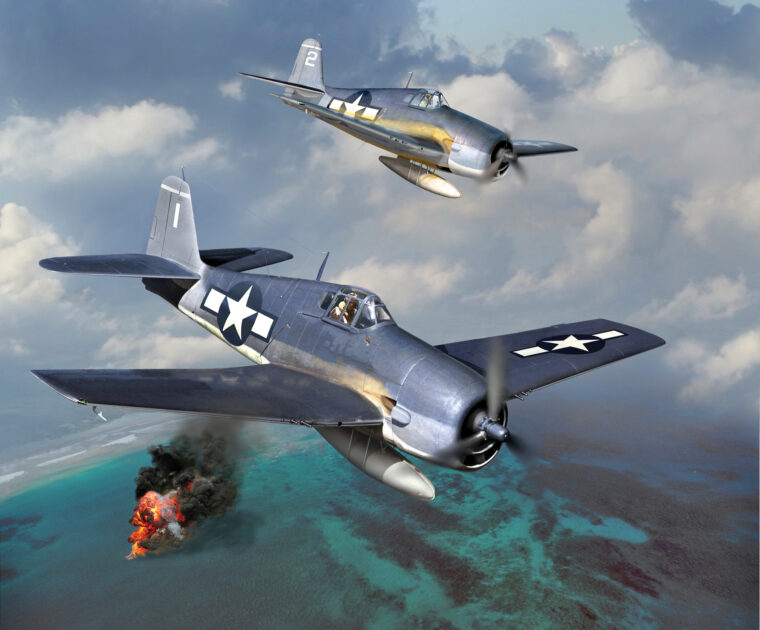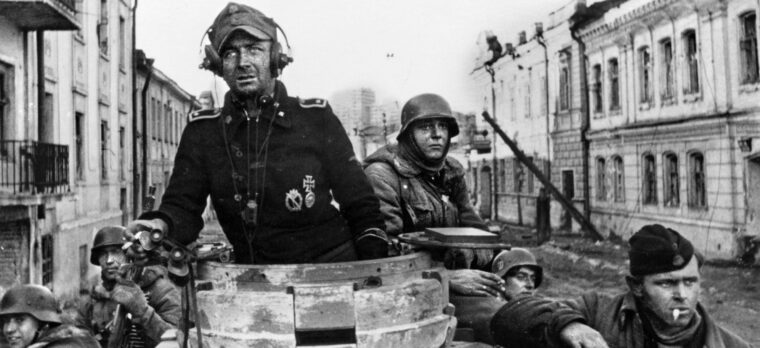
WWII
The 1st Polish Armoured Division Served with Honor
By William StroockPolish Major General Stanislaw Macze, commander of the 1st Polish Armoured Division stood tall and watched as General Guy Simonds, II Canadian Corps, delivered very harsh news to the half dozen German generals and admirals of the 1st Parachute Army, General Erich Straub commanding. Read more
























